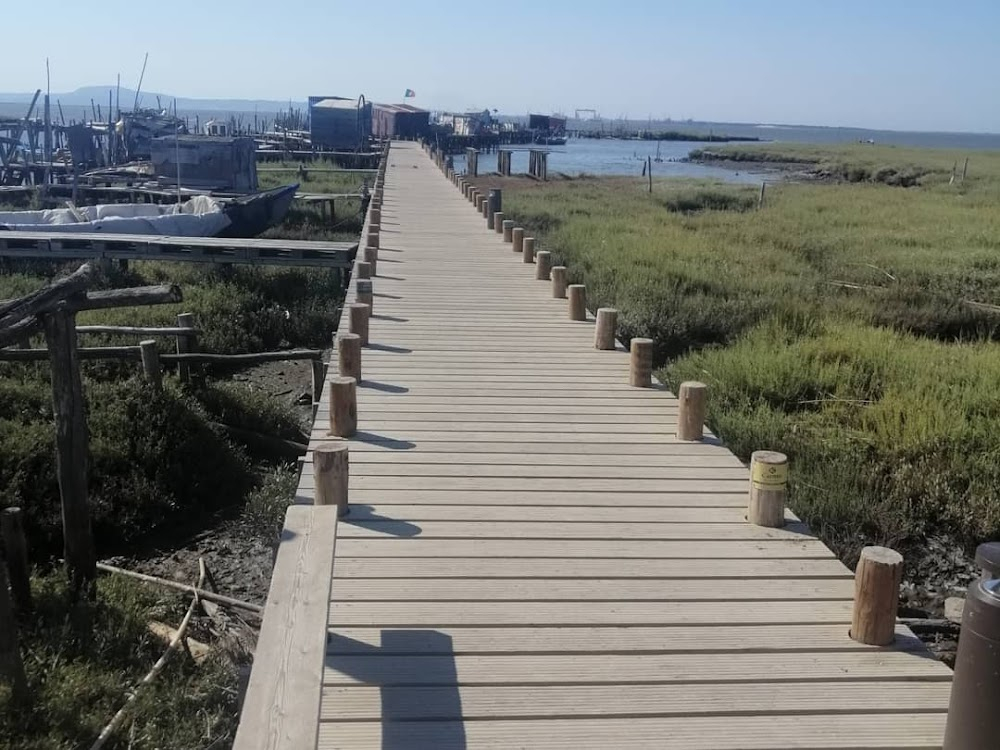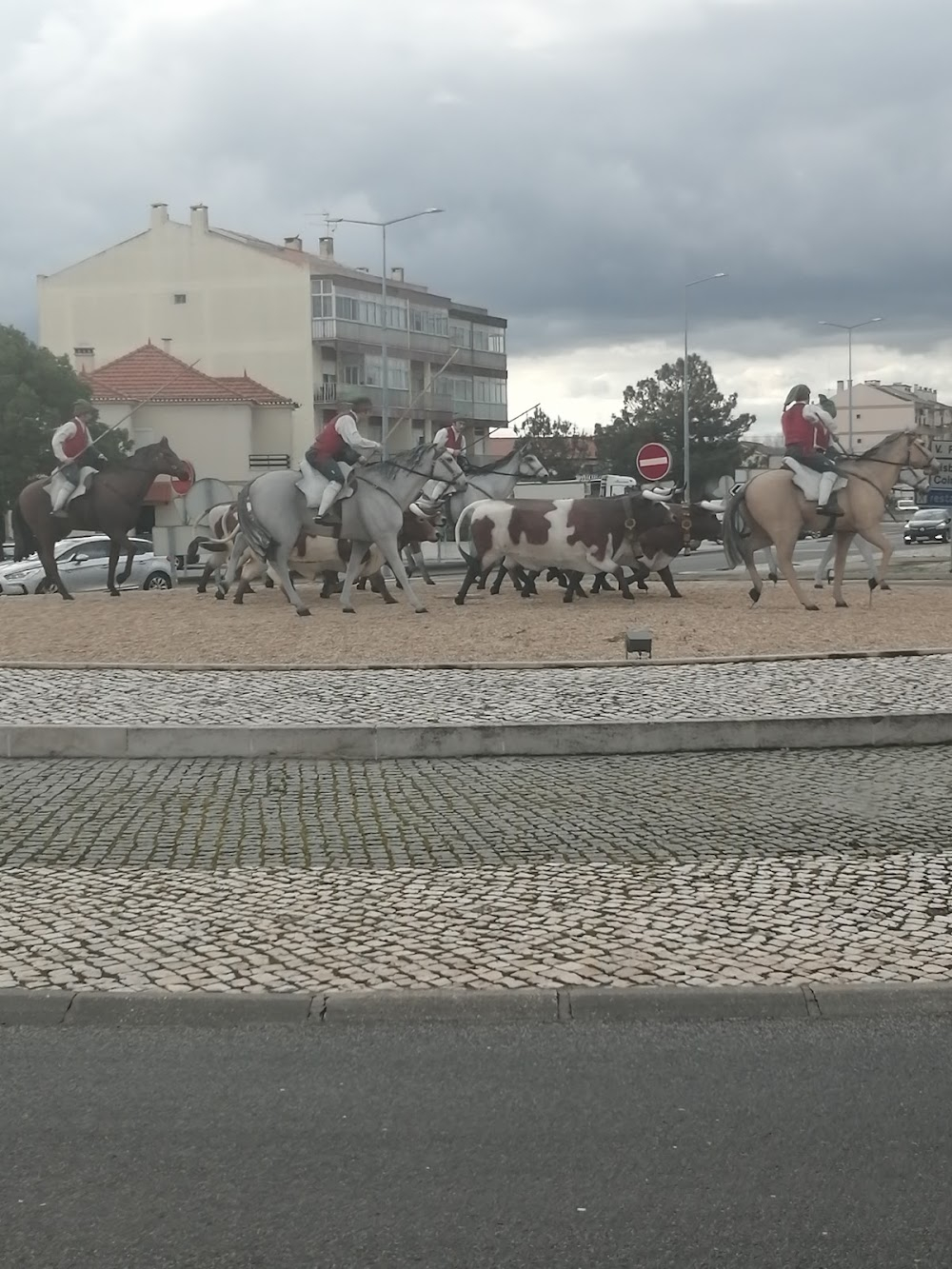La sirène rouge Filming Locations

Where was La sirène rouge filmed? La sirène rouge was filmed in 10 locations across Portugal, France and Netherlands in the following places:
La sirène rouge Filming Locations
Covilhã is a city and a municipality in the Centro region, Portugal. The city proper had 33,691 inhabitants in 2021. The municipality population in 2021 was 46,455 in an area of 555.60 square kilometres. It is located in the Beiras e Serra da Estrela subregion and Beiras and Serra da Estrela Intermunicipal Community.
France, in Western Europe, encompasses medieval cities, alpine villages and Mediterranean beaches. Paris, its capital, is famed for its fashion houses, classical art museums including the Louvre and monuments like the Eiffel Tower. The country is also renowned for its wines and sophisticated cuisine. Lascaux’s ancient cave drawings, Lyon’s Roman theater and the vast Palace of Versailles attest to its rich history.
Lisbon is Portugal’s hilly, coastal capital city. From imposing São Jorge Castle, the view encompasses the old city’s pastel-colored buildings, Tagus Estuary and Ponte 25 de Abril suspension bridge. Nearby, the National Azulejo Museum displays 5 centuries of decorative ceramic tiles. Just outside Lisbon is a string of Atlantic beaches, from Cascais to Estoril.
The Netherlands, a country in northwestern Europe, is known for a flat landscape of canals, tulip fields, windmills and cycling routes. Amsterdam, the capital, is home to the Rijksmuseum, Van Gogh Museum and the house where Jewish diarist Anne Frank hid during WWII. Canalside mansions and a trove of works from artists including Rembrandt and Vermeer remain from the city's 17th-century "Golden Age."
Paris, France's capital, is a major European city and a global center for art, fashion, gastronomy and culture. Its 19th-century cityscape is crisscrossed by wide boulevards and the River Seine. Beyond such landmarks as the Eiffel Tower and the 12th-century, Gothic Notre-Dame cathedral, the city is known for its cafe culture and designer boutiques along the Rue du Faubourg Saint-Honoré.
Close to the rivers Sorraia and Almansor, lively Porto Alto is known for its annual festival celebrating Our Lady of Guadalupe, when crowds pack the streets to watch the traditional running of the bulls and live music. Regional and international delicacies are highlighted at the yearly Winter Food Festival held at the Centro Social do Porto Alto. Shops, bars, and global restaurants line busy Avenida Nações Unidas.
Portugal is a southern European country on the Iberian Peninsula, bordering Spain. Its location on the Atlantic Ocean has influenced many aspects of its culture: salt cod and grilled sardines are national dishes, the Algarve's beaches are a major destination and much of the nation’s architecture dates to the 1500s–1800s, when Portugal had a powerful maritime empire.
Sintra is a resort town in the foothills of Portugal’s Sintra Mountains, near the capital, Lisbon. A longtime royal sanctuary, its forested terrain is studded with pastel-colored villas and palaces. The Moorish- and Manueline-style Sintra National Palace is distinguished by dramatic twin chimneys and elaborate tilework. The hilltop 19th-century Pena National Palace is known for a whimsical design and sweeping views.
La sirène rouge (2002)
A 12 y.o. girl reports her powerful mom to the police for having killed the nanny. She runs away and is helped by an ex-soldier/assassin to find her dad in Portugal while the mom has her people try prevent this. Shooting follows.


